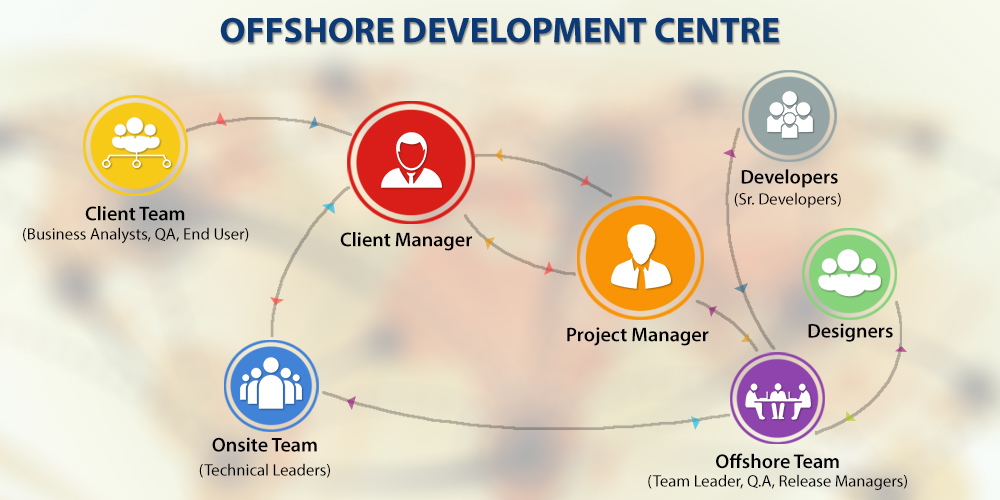Setting up an Offshore Development Center (ODC) has become a strategic move for businesses looking to optimize their software development processes while reducing costs. An ODC is a dedicated remote team that operates from an offshore location, providing software development services to a company. This model offers numerous advantages but also comes with its own set of challenges. Additionally, integrating Agile Software Development Outsourcing into the ODC framework can significantly enhance its effectiveness.
Benefits of Setting Up an Offshore Development Center
Cost Efficiency: One of the primary reasons businesses opt for an ODC is cost efficiency. Offshore locations often offer lower labor costs compared to onshore counterparts, allowing companies to achieve significant savings. Additionally, operational expenses, including infrastructure and administrative costs, are typically lower in offshore regions.
Access to Global Talent: An ODC provides access to a vast pool of skilled professionals from around the world. By tapping into this global talent, businesses can leverage diverse perspectives and expertise, resulting in innovative solutions and improved software quality.
Scalability and Flexibility: ODCs offer the flexibility to scale teams up or down based on project demands. This adaptability allows businesses to allocate resources efficiently and respond to changing market conditions without the constraints of a fixed workforce.
Focus on Core Business Functions: By outsourcing software development to an ODC, companies can focus on their core competencies, such as product innovation and customer engagement. This strategic focus enhances overall business performance and competitiveness.

Challenges of Setting Up an Offshore Development Center
Cultural and Communication Barriers: One of the key challenges of setting up an ODC is managing cultural and communication differences. Work culture, language, and communication styles can vary significantly between regions, potentially leading to misunderstandings. Establishing clear communication protocols and fostering a collaborative environment are crucial to overcoming these barriers.
Time Zone Differences: Working across different time zones can pose challenges in coordination and project management. To mitigate these challenges, companies must implement effective time zone management strategies, such as flexible working hours and regular check-ins.
Quality Control: Ensuring high-quality software development in an offshore setting requires robust quality control measures. Agile methodologies play a vital role in maintaining quality by promoting continuous improvement, iterative development, and regular feedback loops.
Legal and Compliance Issues: Navigating the legal and regulatory landscape of the offshore location is essential. Companies must ensure compliance with local laws, protect intellectual property, and safeguard sensitive data.

Integrating Agile Software Development Outsourcing
Benefits of Agile in an ODC: Agile methodologies enhance collaboration, flexibility, and responsiveness in software development. In an ODC, Agile practices facilitate continuous improvement, adaptability to change, and faster time-to-market.
Implementing Agile Practices: Successfully integrating Agile methodologies into an ODC requires careful planning. Regular feedback loops, iterative development, and cross-functional collaboration are key components of a successful Agile ODC.

Conclusion
Setting up an Offshore Development Center offers numerous benefits, including cost efficiency, access to global talent, and scalability. However, businesses must also navigate challenges such as cultural barriers, time zone differences, and quality control. Integrating Agile Software Development Outsourcing can enhance the effectiveness of an ODC, driving innovation and success. With careful planning and strategic implementation, an ODC can be a valuable asset to any organization.













